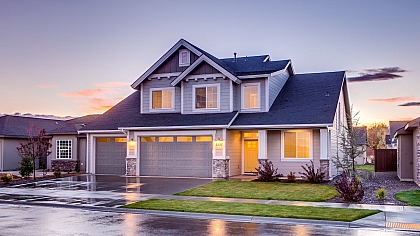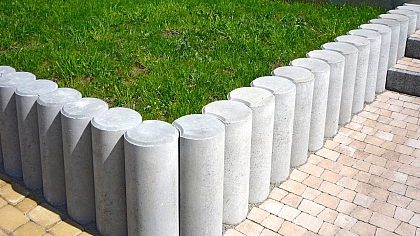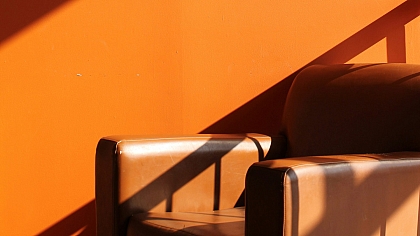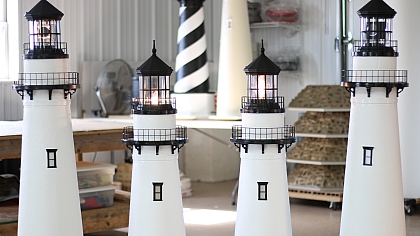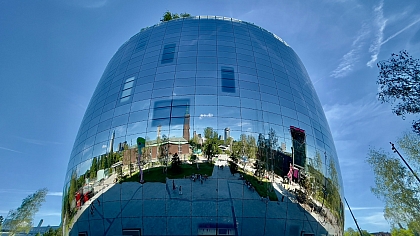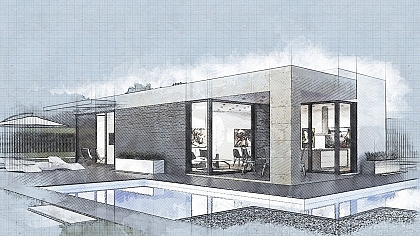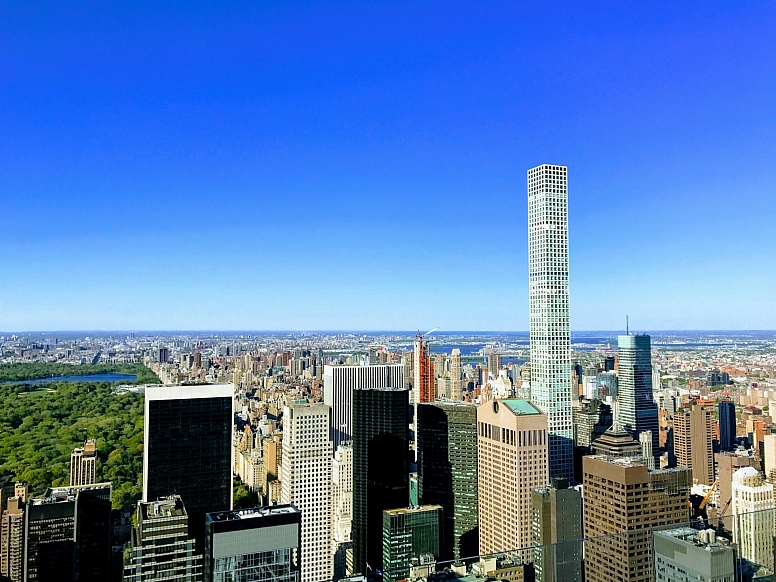
Parapet Inspection Checklist for NYC Buildings
Maintaining the safety and structural integrity of parapets on New York City buildings is a critical aspect of property management. Regular inspections ensure compliance with local regulations, prevent potential hazards and contribute to the overall safety of residents and pedestrians.
Here we will outline a comprehensive parapet inspection checklist for NYC buildings, detailing the essential steps for compliance.
Understanding Parapet Inspections
Parapets are low walls or barriers extending above the roofline of buildings. They play a vital role in safety by preventing falls and acting as fire barriers. NYC's Façade Inspection and Safety Program (FISP), formerly known as Local Law 11, mandates regular inspections of parapets for buildings taller than six stories. These inspections must be performed by a Qualified Exterior Wall Inspector (QEWI), who is a licensed professional engineer or registered architect.
Parapet Inspection Checklist
1. Pre-Inspection Preparation
- Review Building Records: Gather historical data on previous inspections, repairs, and maintenance of the parapet.
- Notify Occupants: Inform building occupants about the upcoming inspection to ensure access and minimize disruptions.
- Safety Precautions: Ensure that all necessary safety measures are in place, including scaffolding, harnesses, and other protective equipment for the inspection team.
2. Visual Inspection
- Exterior Condition: Examine the parapet for visible signs of damage, such as cracks, spalling (flaking), or discolouration in the masonry or concrete.
- Loose or Missing Components: Identify any loose or missing bricks, stones, or coping (protective top layer) that could pose a risk of falling debris.
- Water Damage: Look for signs of water infiltration, such as staining, efflorescence (white salt deposits), or moss growth, which can indicate compromised waterproofing.
3. Structural Assessment
- Stability and Alignment: Assess the overall stability and alignment of the parapet. Check for any leaning or bulging that could indicate structural issues.
- Anchoring and Reinforcements: Inspect the condition of metal components, such as anchors and reinforcements, for corrosion or wear. Ensure that these elements are securely fastened and provide adequate support.
- Integration with Roof: Verify that the parapet is properly integrated with the roof structure and that flashings (waterproofing details) are intact and functional.
4. Detailed Documentation
- Photographic Evidence: Take clear, high-resolution photographs of any identified issues, including close-up shots and wider context images.
- Condition Report: Prepare a detailed report documenting the condition of the parapet, including descriptions of identified issues and their locations.
5. Classification and Recommendations
- Safety Classification: Classify the parapet's condition as Safe, Safe with a Repair and Maintenance Program (SWARMP), or Unsafe based on the findings.
- Repair Recommendations: Provide specific recommendations for necessary repairs, maintenance, or further investigations to address identified issues. Include estimated timelines for completion.
6. Compliance and Follow-Up
- Submit Inspection Report: Submit the comprehensive inspection report to the NYC Department of Buildings (DOB) as required by FISP regulations.
- Implement Repairs: Ensure that any recommended repairs are carried out promptly by qualified contractors. Monitor the progress of repairs and verify that they meet safety and quality standards.
- Schedule Re-Inspections: Arrange for follow-up inspections to confirm that repairs have been completed satisfactorily and that the parapet is now in compliance with safety standards.
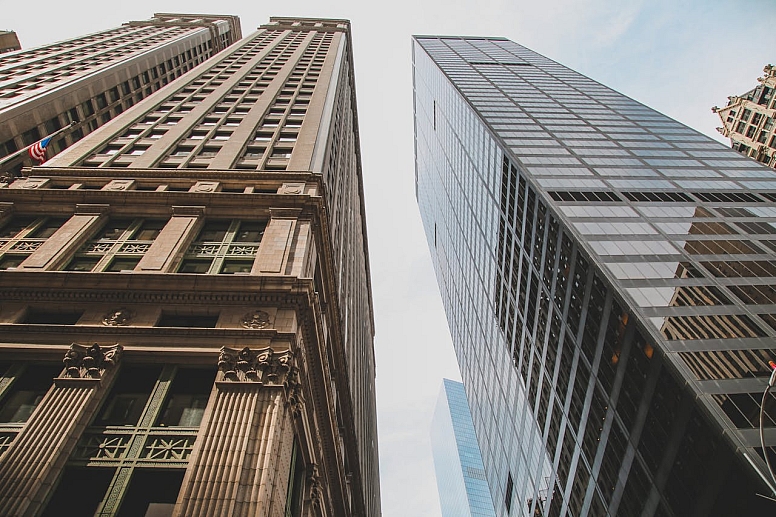
Best Practices for Parapet Maintenance
To ensure ongoing compliance and safety, building owners should adopt the following best practices for parapet maintenance:
- Regular Inspections: Conduct annual visual inspections and comprehensive inspections every five years as mandated by FISP.
- Proactive Maintenance: Address minor issues promptly to prevent them from escalating into major problems. Regularly clean and maintain the parapet to remove debris and prevent buildup of harmful substances.
- Waterproofing: Apply and maintain waterproofing treatments to protect the parapet from water damage and erosion.
- Record Keeping: Maintain detailed records of all inspections, repairs, and maintenance activities for reference and compliance purposes.
A thorough and regular inspection process is crucial for ensuring the safety and compliance of parapets on NYC buildings. By following this comprehensive checklist, building owners can identify and address potential issues early, maintain the structural integrity of their properties, and contribute to the overall safety of the city's built environment.
Regular maintenance and adherence to FISP regulations are key to safeguarding residents and pedestrians alike. For a comprehensive guide on Local Law 126 inspections and how to ensure your building's compliance, check out https://nycparapetsinspection.com/local-law-126-inspections/.

